 In short
In short
Beautiful… and very endangered is Mount Nimba. This ancient mountain range is a treasure trove for biologists with hundreds of very rare species – and, unfortunately, this mountain consists of high grade iron ore.
 47.8%
47.8%
GPS coordinates
Location, address
Area
UNESCO World Heritage status
Map of the site
If you see this after your page is loaded completely, leafletJS files are missing.
 In detail
In detail
Ancient mountains
Mount Nimba is an unusual formation – it resembles a giant, 40 km long rope left lying in the savannah and forest of Guinea, Côte d’Ivoire, and Liberia.
The tallest summit is the 1,752 m tall Mont Richard-Molard: the tallest mountain in Guinea and Côte d’Ivoire.
Mount Nimba is formed from Precambrian granite, schists, granito-gneiss, and other rocks, including iron-containing quartzite. Mountains were shaped at the end of Jurassic – end of Eocene and since then have been heavily eroded.
The scenery here is breathtaking – the landscape is adorned with undulating hills, cliffs, and amazing rock formations.
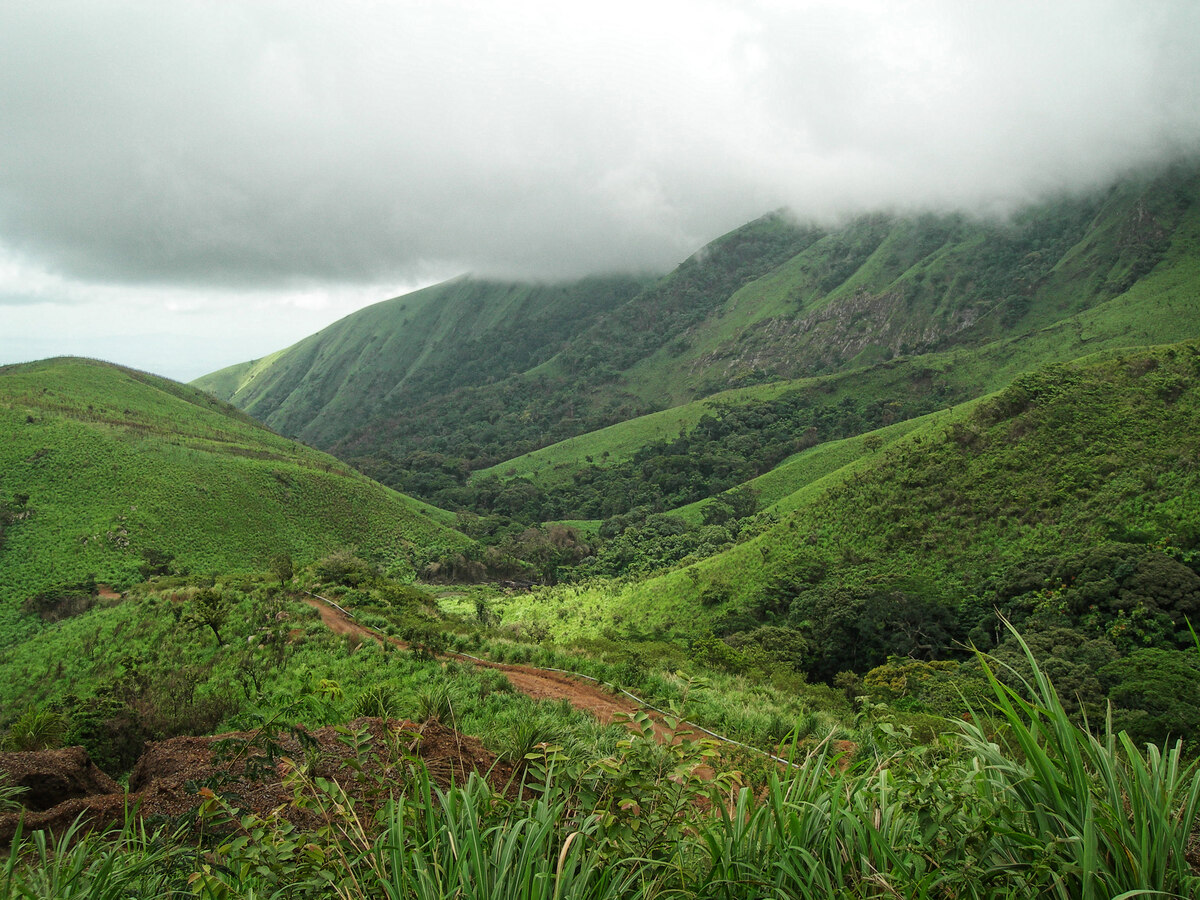
Montane forest and grassland
These highlands are located on the border of tropical forest and West African savannah.
Mountains have very high geological, soil, and climate diversity and as a result here have evolved very diverse biotopes.
Until the height of some 600 m dominating ecosystem is the savannah, not too much different from the surrounding savannah.
At a height of 600 – 1000 m dominating ecosystem is a montane tropical forest. Mount Nimba represents the most valuable forest refuge in Western Africa. Higher, at elevations above 850 m very frequent is mist which hangs over the mountains most time. Thanks to this the montane forest is rich with epiphytes and looks like a fairytale jungle.
Above the height of 1000 m dominates montane grassland – also a nearly unique ecosystem with its own endemic species of plants and animals.
Rare and endemic species
Mount Nimba belongs to the most biodiverse sites in the world. Here in the comparatively small area have been found more than 2,000 species of vascular plants, 317 species of vertebrates, and more than 2,500 invertebrates, many of them new to science. More than 200 species of plants and animals are endemic – found only here.
Diversity of life in Mount Nimba could be illustrated by the following facts:
- Only in the montane grasslands of Mount Nimba lives Nimbaphrynoides occidentalis – a viviparous toad. It has developed the ability to give birth to live toads because of xeric conditions on the mountain. The only other viviparous toad in the world is Nimbaphrynoides liberiensis which also lives here!
- 16 species of plants are found only on this mountain.
- Here are found 101 species of orchids. Orchid Rhipidoglossum paucifolium is found only here.
- During the first research of earthworms (1958) there were found 37 species of earthworms – 31 of these were new to science! Recently, in 2009 were found three more new species.
- On the mountain lives Micropotamogale of Mount Nimba (Micropotamogale lamottei). Just a few times this semi-aquatic shrew has been found outside the mountain.
- New discoveries are made – thus in 2009 there was reported a new species of frog, Arthroleptis.
Very interesting is a group of chimpanzees living in Bossou, near Mount Nimba. These animals have developed the ability to use stones as tools – only West African chimpanzees have developed such skills!
Iron ore against biodiversity?
Parts of Mount Nimba got nature conservation status in 1944, soon after an expedition of French biologists found a huge number of unknown species of plants and animals here.
Soon after, in 1955 here was discovered iron ore. And not just "common" iron ore but one of the best in the world. It has been assessed that in the mountain are 6 billion tons of high-grade iron ore – enough to keep the world industry running for several years.
Since this discovery Mount Nimba has become a "battleground" of environmentalists and industrialists.
Major achievement of environmentalists was the listing of Mount Nimba as a UNESCO World Heritage site in 1981. The site has an area of 18,000 ha, with 13,000 ha in Guinea and 5,000 ha – in Côte d’Ivoire.
The Liberian part is not included and is heavily depleted by iron mining activities. Iron mining for a while increased the welfare of people in Liberia, but, as the ore depleted, things became much worse. Now Liberia is one of the poorest countries in the world, torn by war. Thus – what was the sense to eliminate this unique site?
Unfortunately the situation in Guinea and Côte d’Ivoire is not much better. Guinea has decreased the area of the UNESCO site unilaterally and opened it for iron mining. Côte d’Ivoire has weak or no control over this area and as a result, the nature conservation regime is not enforced.
Due to the Liberian civil war numerous refugees have arrived in Mount Nimba and its vicinities. Nature conservation interests meet with resistance of local people who want to clear the forest for fields.
The unique Mount Nimba is one of the most endangered UNESCO World Heritage sites in the world.
References
- World Wildlife Fund. The Guinean Montane Forest. Accessed in the 21st April 2013.
- Mark-Oliver Rodel, Joseph Doumbia, Alex T. Johnson & Annika Hillers. A new small Arthroleptis (Amphibia: Anura: Arthroleptidae) from the Liberian part of Mount Nimba, West Africa.
 Linked articles
Linked articles
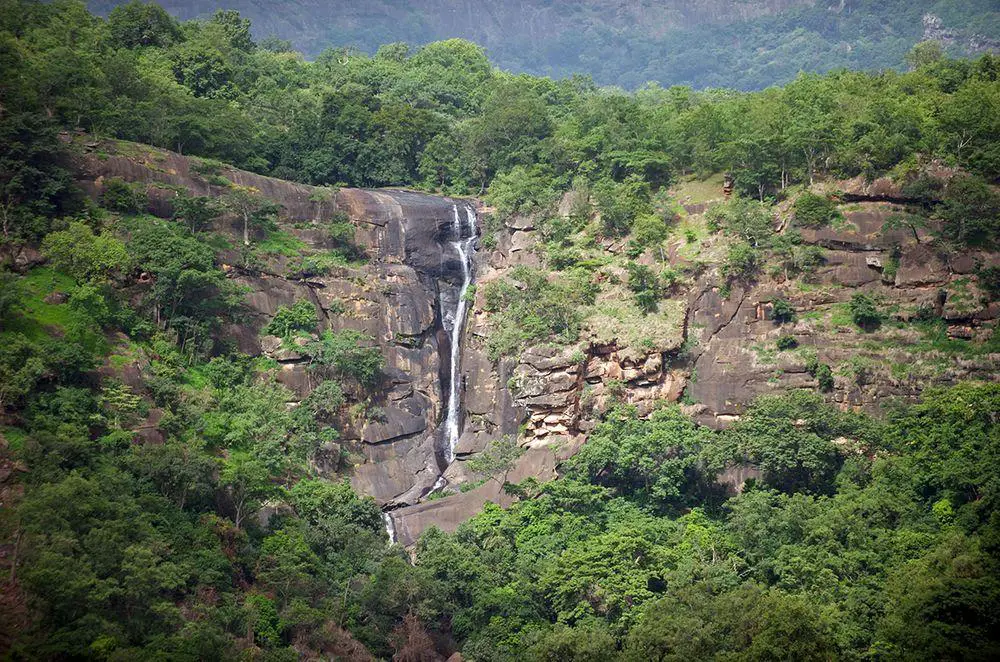
Wonders of Guinea
Guinea is a land with breathtaking landscapes and high biological diversity, but it is not too easy to list specific wonders. Here are beautiful tablelands and unusual mouontain chains with many waterfalls.
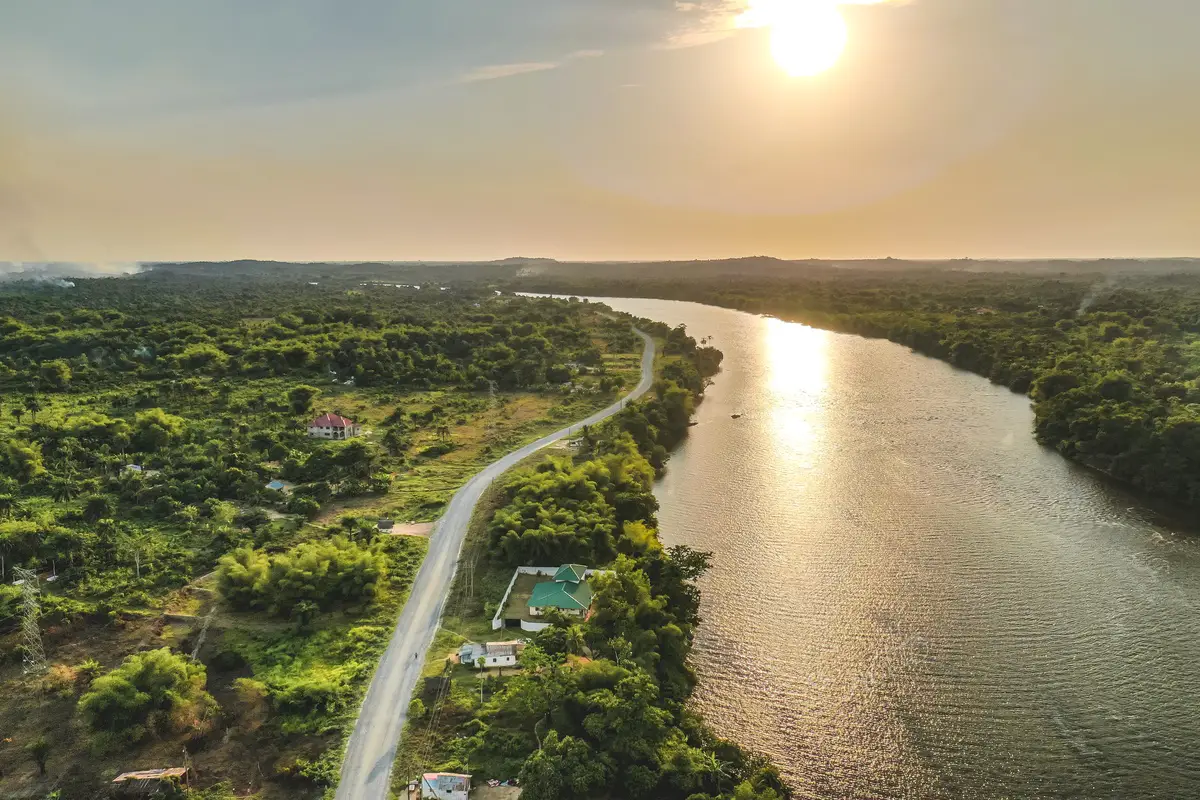
Wonders of Liberia
Too little is known about the landmarks and attractions in this country – but most likely there are quite many.
Liberia has some of the largest remaining forests in Western Africa, here are located beautiful, forest-covered mountains.
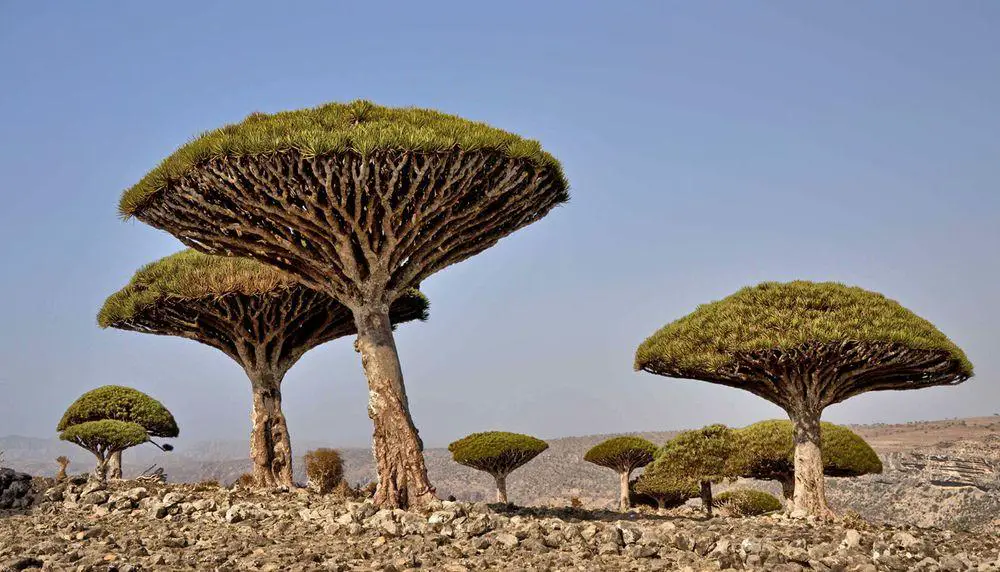
Ecosystems
Biotope is a rather small area with uniform environmental conditions and a specific community of life. Wondermondo describes biotopes and ecosystems which have striking looks, look very beautiful, or have other unusual characteristics.
 Recommended books
Recommended books
Africa’s Top Geological Sites
Africa was the core of the ancient supercontinent Pangaea and comprises some of the oldest and most extraordinary geology on planet Earth. This detailed and colorful book features 44 of the continent’s most spectacular and interesting ‘geosites’, from Table Mountain in the south to the eroded necks and plugs of the Hoggar region in Algeria; and from the volcanic islands of the Atlantic Ocean to the continental fragments off the African east coast.

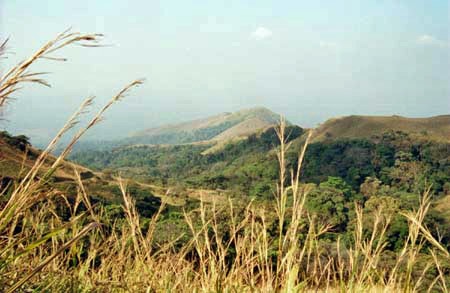

cool but how was it created, like was it from a volcano or what